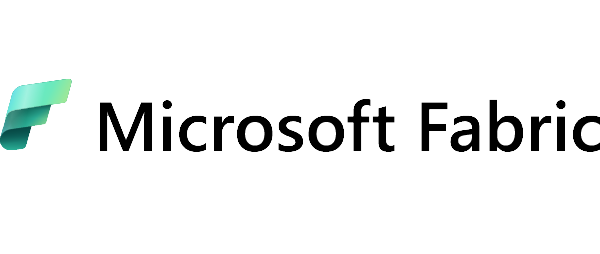
The manufacturing industry is entering a new era – the era of data. Manufacturing companies generate vast amounts of information daily from assembly lines, IoT sensors, MES, ERP, and SCM systems. The key to achieving competitive advantage is integrating this data, modelling it, and using it to make the right decisions. This is where Microsoft Fabric comes in – a new all-in-one analytics platform that is revolutionizing the approach to data in industry.
What is Microsoft Fabric?
Microsoft Fabric is a unified data and analytics platform based on onelake technology. It integrates various Microsoft components—from Power BI, through Azure Data Factory, to Synapse Data Engineering and Data Science—into a single, consistent environment. For manufacturing companies, this means one thing: the end of data silos and the beginning of true digital transformation.
MS Fabric – key benefits for the manufacturing industry
1. Integration of data from various sources – in real time
Microsoft Fabric allows you to seamlessly connect data from IoT devices, ERP, MES, and SCADA systems without building complex integration bridges. Thanks to a central data repository – OneLake – all data is available in one place and ready for real-time analysis. This eliminates the problem of information silos, which often limits the efficiency and speed of operations in manufacturing plants.1. Real-time integration of data from different sources.
2. Monitoring production efficiency (OEE) and predictive maintenance
Microsoft Fabric enables you to track key production metrics such as availability, performance, and quality—the components of OEE. The integrated analytics environment not only enables real-time reporting, but also detects deviations and predicts potential problems. With machine learning capabilities, you can implement predictive maintenance strategies that significantly reduce unplanned downtime.
3. Advanced process and supply chain analytics
Fabric offers advanced manufacturing process analysis capabilities, including bottleneck identification and line efficiency measurement. You can easily combine production data with logistics and planning information to create a complete picture of your supply chain. Predictive analytics enable better demand forecasting, inventory optimization, and shorter order fulfillment times.
4. Self-service BI for operational and quality departments
With Power BI, fully integrated with Fabric, non-technical users can create reports and data visualizations independently. Production and quality staff gain access to real-time data, which reduces response times and supports faster decision-making. This means greater autonomy for operational departments and less burden on IT teams.
5. Enterprise-level scalability and security
Microsoft Fabric runs on the Azure cloud, which guarantees flexibility in scaling computing resources and data storage, regardless of the size of the enterprise. The platform complies with international security standards (e.g., ISO 27001, GDPR), which is important in a regulated and data-sensitive environment. Administrators can easily manage access and data policies for multiple production locations simultaneously.
Application example: digital twin in manufacturing
Thanks to Microsoft Fabric, it is possible to build a so-called digital twin – a digital replica of a production line. Data from machines is collected in real time, processed, and visualized in Power BI. Machine learning algorithms predict future failures and recommend actions. The result? A 20% reduction in downtime, better production planning, and improved product quality.
Microsoft Fabric and Industry 4.0
Fabric fits perfectly into the Industry 4.0 concept, combining automation, intelligent analytics, and advanced data technology. It supports the transition from reactive production management to a predictive and proactive approach based on data.
Is it worth implementing Microsoft Fabric in production?
Microsoft Fabric is not just technology – it is a strategic response to the needs of modern manufacturing companies. It provides flexibility, consistency, and intelligence in data processing. Organisations that decide to implement it gain an operational advantage and build the foundation for the smart factory of the future.



